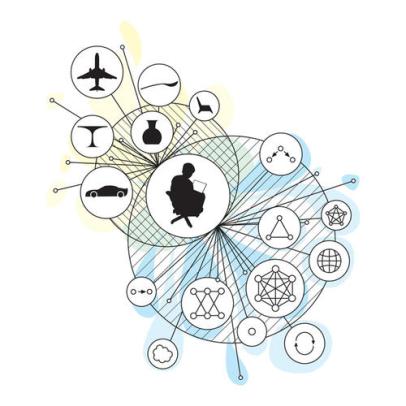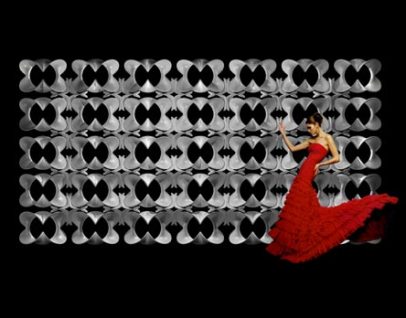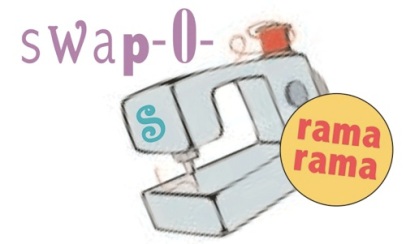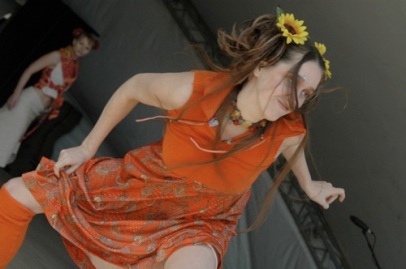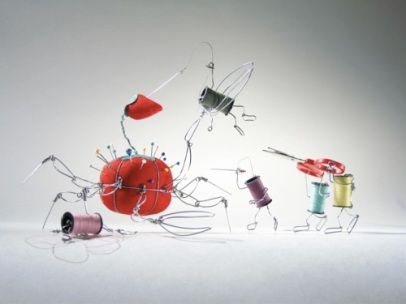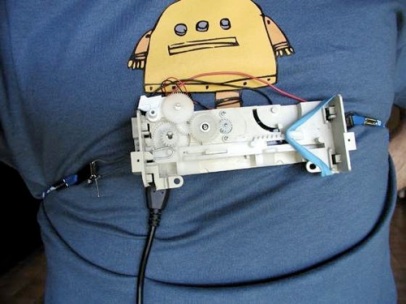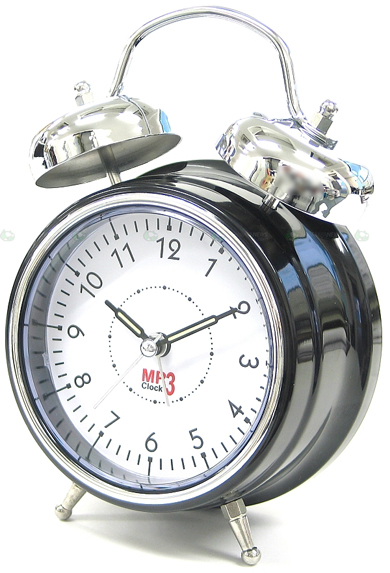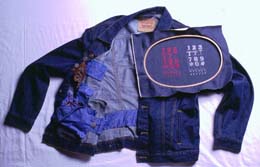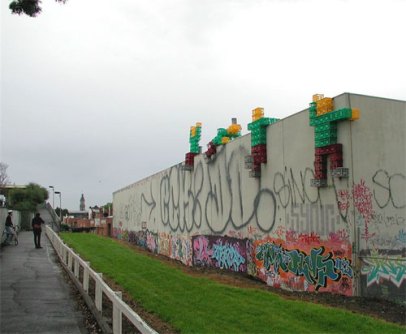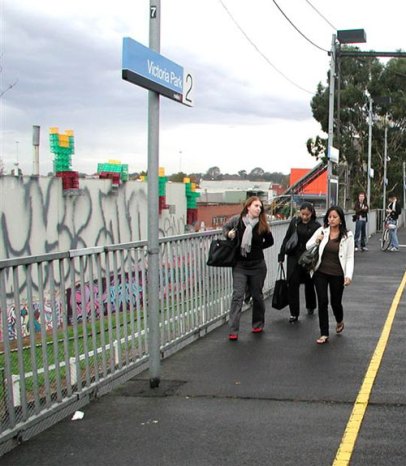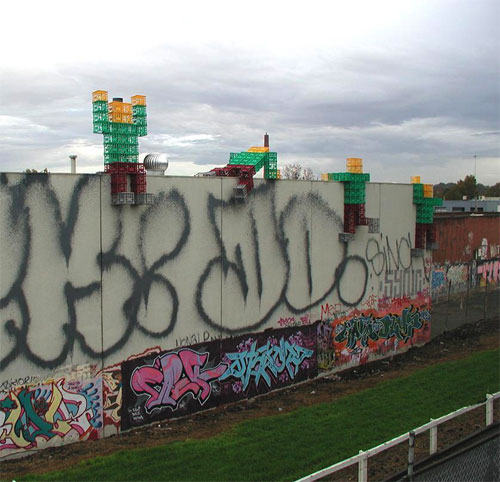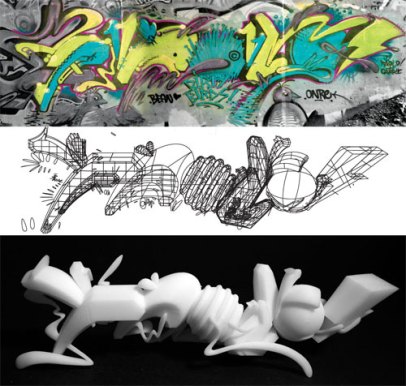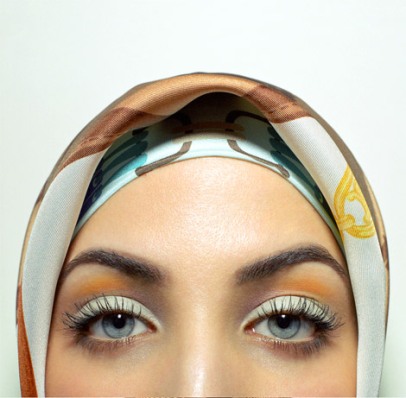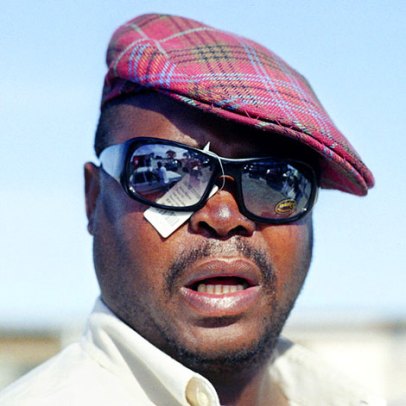New Scientist reports that certain architectural hallucinations associated with near-death experiences – such as bright lights at the end of long hallways and tunnels – might actually be the product of a sleep disorder.
 [Image: From the series Tunnel Vision, by Jill Fehrenbacher].
[Image: From the series Tunnel Vision, by Jill Fehrenbacher].
Neurophysiologist Kevin Nelson, New Scientist tells us, thinks that near-death experiences (or NDEs) “may be little more than dream-like states brought on by stress and a predisposition to a common kind of sleep disorder. If he’s right, as many as 40 per cent of us could be primed to see the light.”
But what I think deserves more exploration is the tunnel – the architectural space within which NDEs seem to occur.
For instance, is there a particular type of structure that people see when it comes to almost dying? If so, are those structures simply optical phenomena – or are there cultural and historical influences at work?
If you’re an architect, are your NDEs particularly detailed?
And what if you see a bright tunnel, inverted, ending in a space of pure darkness…?
The article doesn’t really address these issues.
 [Image: From the series Tunnel Vision, by Jill Fehrenbacher].
[Image: From the series Tunnel Vision, by Jill Fehrenbacher].
“Written accounts of NDEs go back more than two thousand years,” we learn instead, and they “have been reported all over the world. Most include a ‘point of no return’ that if crossed will lead to death, and a person who turns you away from it.”
But what about the archtecture? Does everyone see the same hallway – or do some people see large rooms, or skylights, or even underground car parks, or caves, or maybe some huge mechanical garage door that slowly creeps open…?
Is there an architecture of death?
Can it be measured and taught to others?
 [Image: From the series Tunnel Vision, by Jill Fehrenbacher].
[Image: From the series Tunnel Vision, by Jill Fehrenbacher].
If death does have a structure – or, at least, if near-death experiences do spatialize in certain pre-existing ways – if death has a spatial format, you could say – then clearly death could also be architecturally reconstructed, based on eyewitness accounts, here on earth, in the present moment, with us.
We could visit it, in groups, and emotionally prepare…
So what would happen if an architect teamed up with an anthropologist (who studies cultural narrations of the near-death experience) and with a neurophysiologist (who understands the underlying cortical mechanisms), to design themed environments specifically meant for triggering NDEs?
It’d be a kind of post-Buddhist thanatological fun ride, complete with people passing out – then waking up, blinking and vibrant, determined to change their lives, giving hugs to others and starting things over again.
Hallways of Rebirth, they might be called – and the first person to make it to the end of that hall without passing out wins $10,000.
 [Image: From the series Tunnel Vision, by Jill Fehrenbacher].
[Image: From the series Tunnel Vision, by Jill Fehrenbacher].
It’s harder than it sounds.
(All photos from Jill Fehrenbacher’s Tunnel Vision series).
Filed under: architecture, research, space/place
